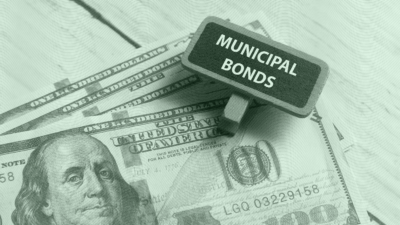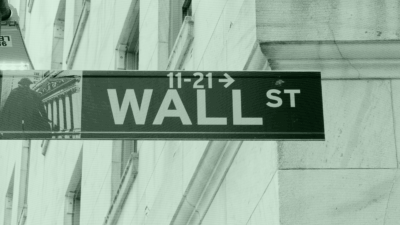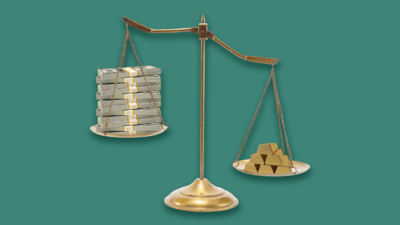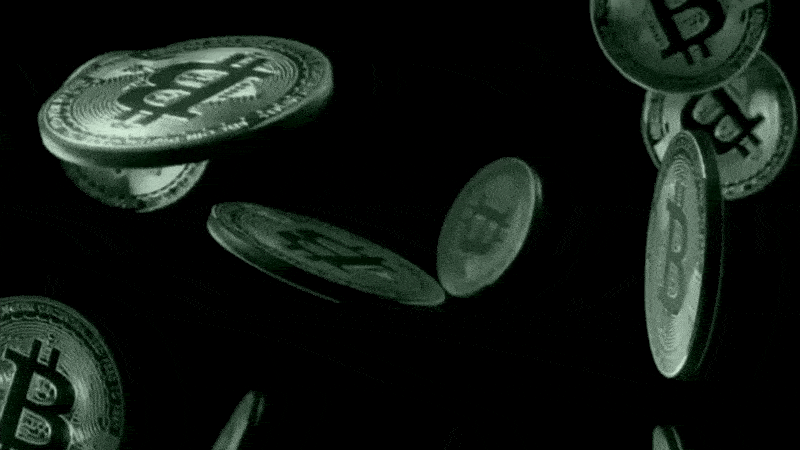7 Deadly Investing Sins Clients Make
Never underestimate the all-too-human instinct to believe anything we want.

Sign up for market insights, wealth management practice essentials and industry updates.
In over two decades of financial planning, I’ve seen many investment mistakes, but one story has always stuck with me. This investor’s error cost him upwards of $1 million over the course of his life, and yes, I’ll even share with you his real name.
Al graduated college and was given money by his parents. Rather than blow it on a trip around the world, he bought 10 ounces of gold in 1980 for $6,684. He waited until gold had a 20% pullback, so as not to buy at a record high price. He was sure all he had to do was to wait and he would eventually become a millionaire. Forty-five years on, the investment actually earned just 3.3% annually or just a tad more than inflation. Al actually lost spending power after taxes.
But what was Al guilty of? Gold was the ultimate shiny object. He wasn’t the only one who knew the money supply was increasing. Nor was he the only one who read articles about the collapse of fiat currency and suspended common sense — as if we would be showing up at the supermarket to buy groceries with gold. He had higher fees and complexities having to open and pay for safe deposit boxes everywhere he moved. Al thought he was investing, when he was merely speculating.
So, what is Al’s full name? This arrogant speculator who wrongly thought he knew more than everyone else is yours truly, Allan Roth. I committed seven sins in one purchase. Had I heard of Jack Bogle’s S&P 500 index fund and invested in capitalism instead, I would have close to an extra $1 million dollars today. Oops. Here’s a list of the deadliest investing mistakes clients can make:
Buying High, Selling Low
I can’t predict markets but I can predict investor behavior. It’s predictably irrational. In looking at investor flows into equity funds (ETFs and mutual funds), money flows in during bull markets and out during bear markets. Back in business school in the 80s, I was taught that we can’t time the market. I now disagree with this premise since investors are actually quite good at timing markets really badly.
Now, you may be thinking these are retail investors and most advisors are disciplined. I’ve got some bad news as there is evidence advisors are even worse at market timing. When markets surge, we want our clients to do well and they may be telling us how well their neighbor is doing. We increase equity exposure. When markets plunge, we are afraid they will fire or even sue us, so we reduce equity exposure telling our clients something like “this has never happened before.”
Forgetting Arithmetic
Investors seek alpha and we work hard to beat the market. Sometimes we simply pick stocks. Sometimes we select sophisticated strategies developed by academics like “smart beta” factor investing. But we forget that we don’t live in Lake Woebegone where 90% are above average.
Nobel Laureate William Sharpe wrote a brilliantly simple three-page paper entitled “The Arithmetic of Active Management” proving that “after costs, the return on the average actively managed dollar will be less than the return on the average passively managed dollar.” That translates to a virtual certainty that the average investor will earn the market return less the fees they pay, meaning alpha after fees is negative. If you believe in arithmetic, seeking alpha with ultra-low fees and high diversification is the better strategy.
Chasing Shiny Objects
Insects have an instinct to fly toward a light, where they often get swatted. While we humans have evolved, we still have that tendency when it comes to investing.
Take Cathie Wood’s Ark Innovation ETF (ARKK). Morningstar shows that, since inception, it has slightly bested the index. From October 31, 2014 through May 31, 2023, the fund earned nearly 10% annually. But the average investor annual return was a negative 25%.
That happened even though the ETF earned a spectacular 153% return in 2020 and was the brightest star in the sky, and money had poured into it.
I heard Wood talk at a Morningstar conference and she was brilliant. Unfortunately, brilliance doesn’t translate to market performance, which was dismal over the next couple of years. In other words, few investors benefited from the stellar performance but many invested just in time to see it get clobbered.
While this gap of 35 percentage points is extreme, Morningstar’s most recent Mind The Gap study shows that the average investor in ETFs and mutual funds incurred a 1.1 percentage point annual gap. The narrower the fund, the greater the gap, with sector funds having a 2.6 percentage point annual gap. These penalties from chasing shiny objects are in addition to forgetting arithmetic.
Confusing Knowledge with Unique Knowledge
I hear statements like the following. “I don’t want international stocks with two wars going on and so much turmoil.” “AI is going to change the world – I want more Nvidia.” “The Fed is lowering rates so I know stocks and bonds will increase in value.”
I call this the “markets are stupid hypothesis.” Somehow people think they are the only ones with this knowledge and it hasn’t yet been priced into the market. There’s a term for it: “following the herd.”
Suspending Common Sense
Never underestimate the all-too-human instinct to believe anything we want to believe. Three common examples are:
- Here’s a product that gives you the upside of the market with no downside risk. (People buy it without even stopping to think how the company selling it can pay handsome commissions, cover their overhead, and still make a profit.)
- Subscribe to my monthly newsletter for only $199 a month if you want winning stocks and strategies. (Anyone claiming they know how to beat the market would likely be out spending their billions rather than trying to get you to fork over a couple hundred dollars a year.)
- Here’s a summary of the product along with a required disclosure document. (Don’t bother reading the 143-page disclosure document as I assure you that the actuaries and attorneys didn’t write it to protect you.)
Creating Unnecessary Complexity
I’ve reviewed portfolios with dozens of accounts, with hundreds of securities and reached the conclusion “you have a lot of holdings but you aren’t very diversified.” It’s not the number of holdings that make one diversified, it’s the securities within the holdings.
I argue that one total U.S. stock fund and one total international stock fund is as diversified as one can be in the stock market owning over 12,000 companies across the globe. I’ll confess that the U.S. stock market is now very concentrated but overweighting certain companies, through strategies like smart beta, makes one less diversified.
Granted, taxes and estate planning laws are barriers to simplicity, but unnecessary complexity typically leads to underperformance.
Confusing Speculation with Investing
The 12,000 companies in my index funds produce cash. They return that cash in the way of dividends and stock buybacks. In short, I own global capitalism that creates cash flow to live on. Neither gold nor most crypto create cash flow. And not a penny has ever been made in the aggregate on futures and that’s before costs.
Many people who own gold, crypto, and futures may think they are investing, but — just like I was so many years ago — they’re actually speculating.
The views expressed in this op-ed are solely those of the author and do not necessarily reflect the opinions or policies of The Daily Upside, its editors, or any affiliated entities. Any information provided herein is for informational purposes only and should not be construed as professional advice. Readers are encouraged to seek independent advice or conduct their own research to form their own opinions.











